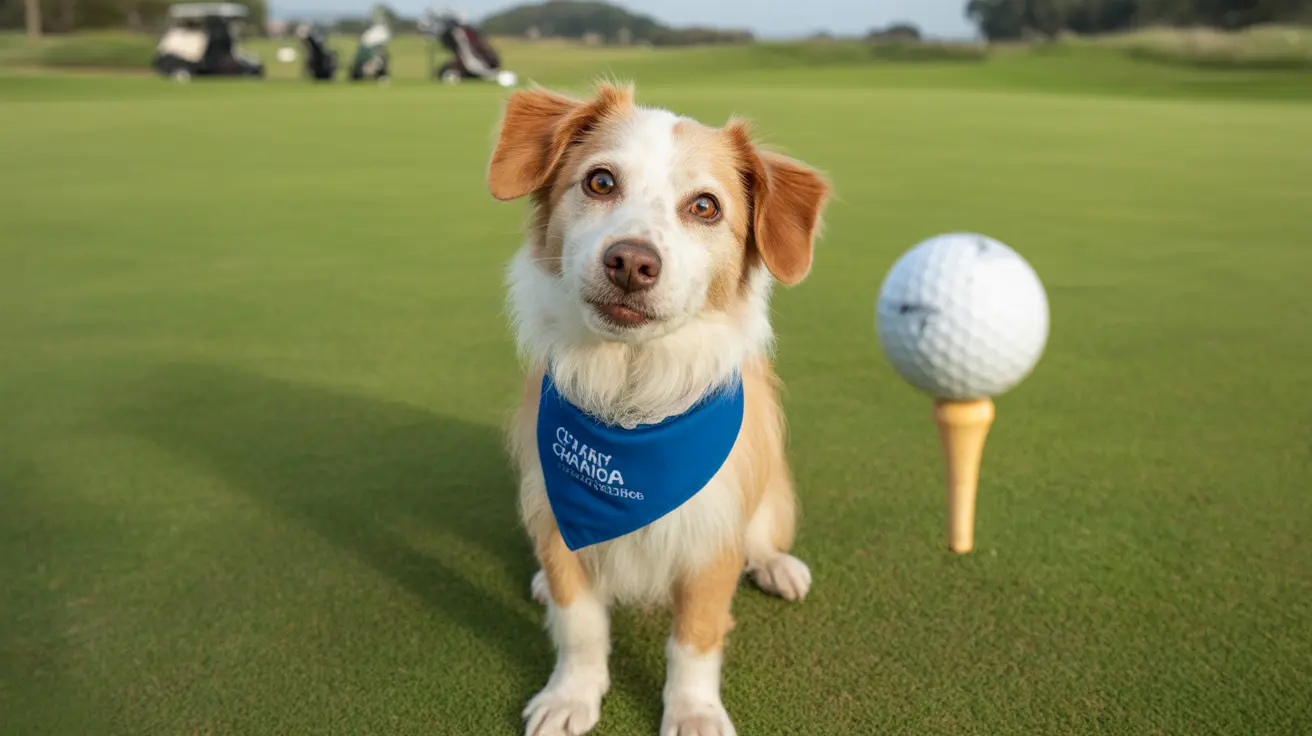Understanding What Your Dog Is Trying to Tell You
As pet owners, we often form deep emotional bonds with our dogs. But sometimes we may find ourselves wondering: "Is my dog trying to tell me something?" The answer is almost always yes. Dogs have intricate methods of communication that, while non-verbal, are deeply expressive and meaningful. By paying close attention to your dog's body language, vocalizations, and behavior patterns, you can begin to decode what they are trying to say.
Common Ways Dogs Communicate
Dogs use several forms of non-verbal communication to express their needs, wants, and feelings. Recognizing these signs can help improve your bond and ensure your pet’s well-being.
- Body posture: Tense muscles, a lowered stance, or stiff tail may signal anxiety or fear.
- Tail movement: A wagging tail can indicate happiness, but rapid or stiff wagging may signal alertness or aggression.
- Facial expressions: Ears back, showing teeth, or avoiding eye contact can suggest discomfort or submission.
- Barking and whining: Dogs bark for various reasons — excitement, boredom, warning, or anxiety.
- Pawing or nudging: Your dog might be trying to get your attention, ask for affection, or signal discomfort.
What Your Dog Might Be Telling You
Here are some common messages your dog might be trying to send you:
- “I’m hungry or thirsty.” Dogs may go to the kitchen area, bark near food bowls, or nudge you around dinner time.
- “I need to go outside.” Expect pacing, circling at the door, or scratching at it.
- “I’m excited!” Tail-wagging, jumping, and barking often accompany happy emotions or new visitors.
- “I’m scared or anxious.” Look for trembling, hiding, or avoidance behaviors in unfamiliar situations.
- “I’m in pain.” Limping, whining, or licking a specific area may be signs your dog is hurt.
Recognizing Changes in Behavior
Sudden or unusual behaviors can be your dog’s way of signaling that something is wrong. Pay attention to changes like:
- Lethargy: A lack of energy could indicate illness or depression.
- Excessive barking or aggression: May stem from fear, territoriality, or confusion.
- Overgrooming: May signal itchiness, anxiety, or pain.
How to Respond When Your Dog Is Trying to Tell You Something
Here are a few practical steps to help you respond appropriately:
- Observe carefully: Try to note what triggered a specific reaction or behavior.
- Use positive reinforcement: Reward your dog for calm, communicative behavior that is easy to understand.
- Maintain a routine: Dogs thrive on structure and predictability.
- Consult a vet: If behaviors persist or change suddenly, consider a professional checkup.
- Learn canine body language: Understanding general dog behavior goes a long way toward smooth communication.
The Power of Understanding
When pet owners learn to interpret their dog's signals, it strengthens the human-animal bond and helps ensure your pup’s physical and emotional health. From a simple ‘I’m happy to see you!’ tail wag to a silent plea for help, your dog is always speaking — all you have to do is listen.





